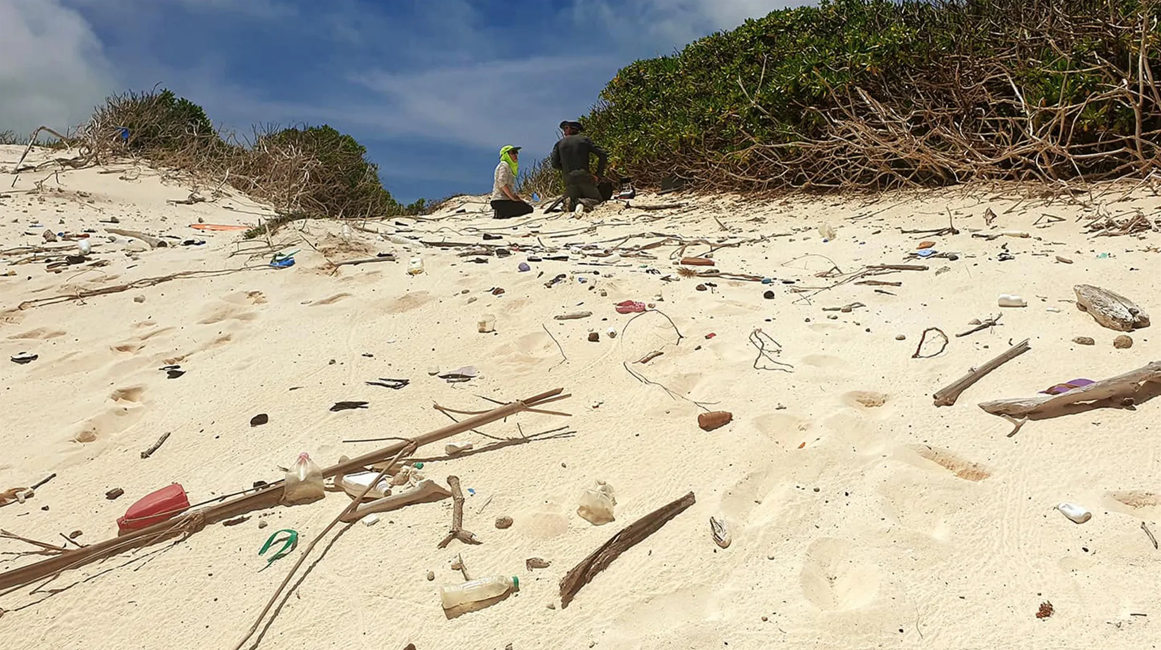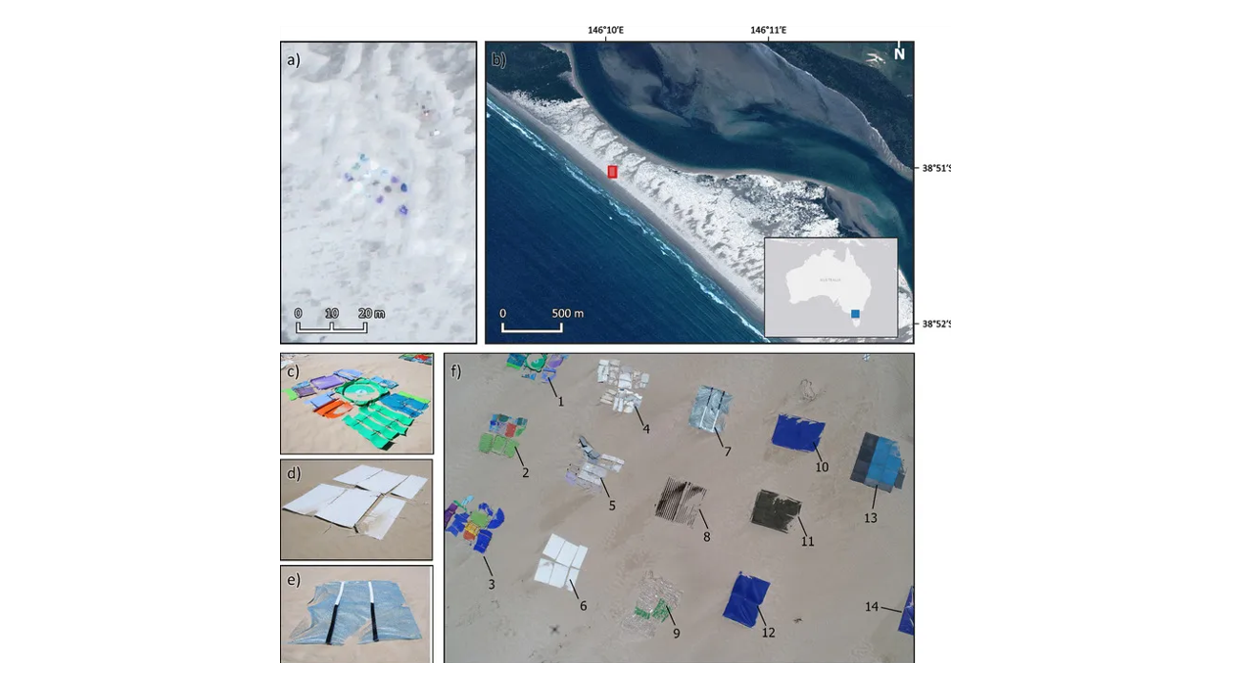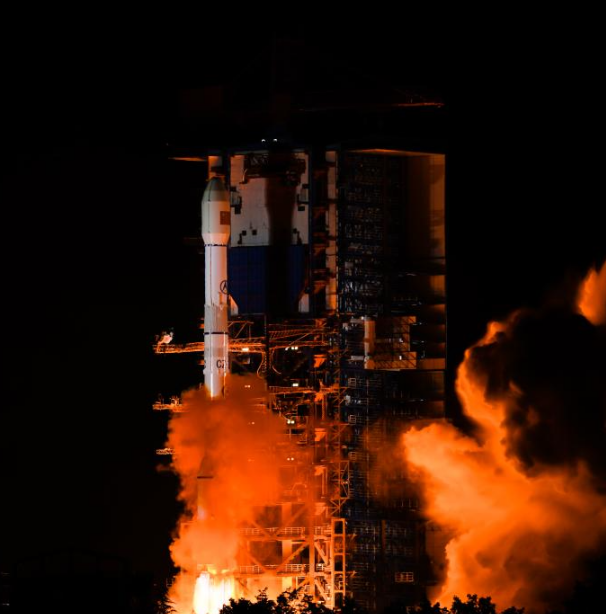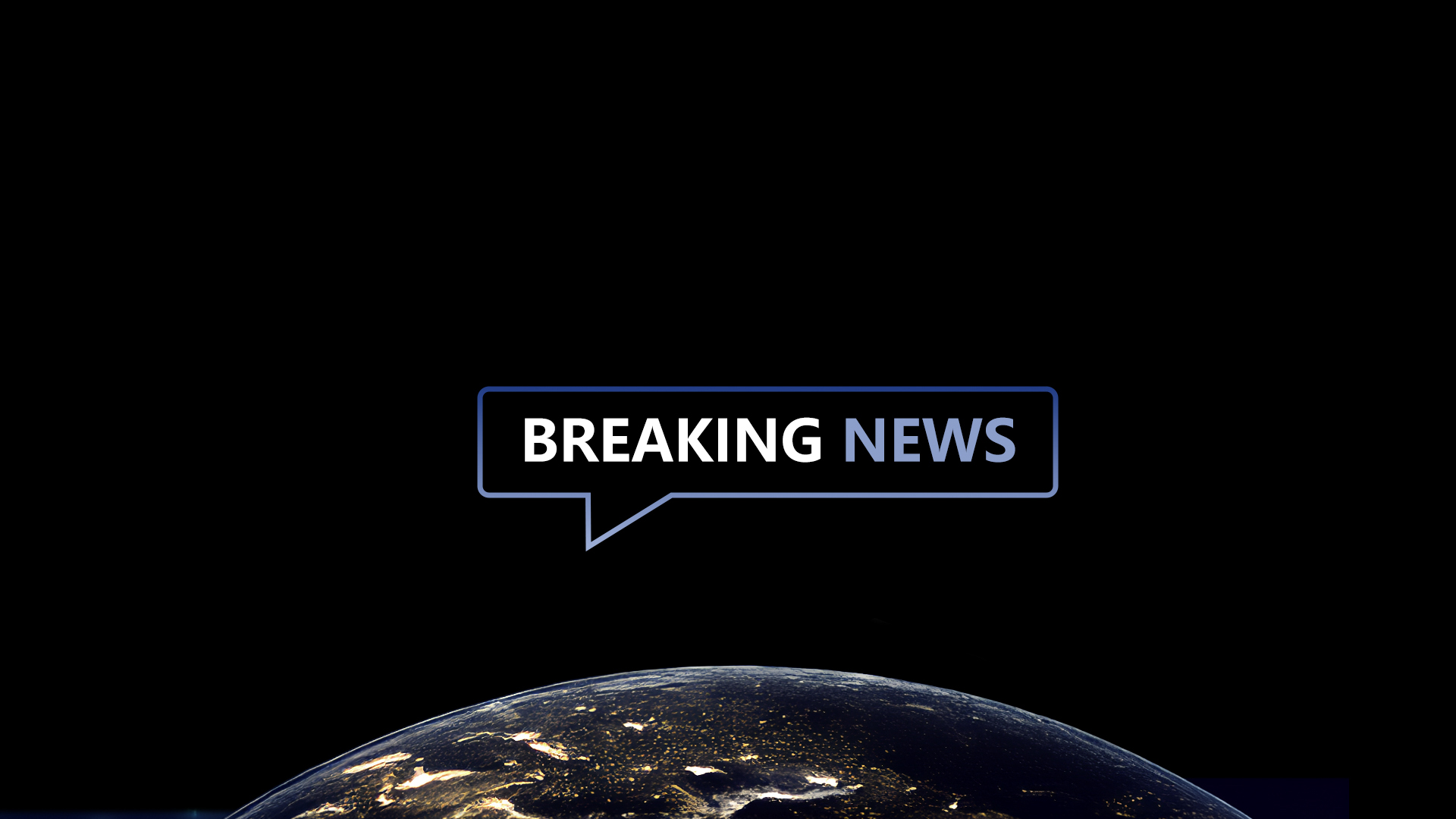31
2024-10
Satellite imaging can now spot plastic trash hiding on beaches

Geospatial scientists have found a way to detect plastic waste on remote beaches, bringing us closer to global monitoring options. Credit: RMIT University
Take a stroll down any major beach and it likely won’t be long before you stumble upon some abandoned refuse. Old water bottles, trash bags, straws, and countless other variations of plastic scrap litter the world’s beaches, eventually making their way into the ocean where they degrade over the course of decades or even centuries. International Coastal Cleanup and Ocean Conservancy estimates that volunteers from 97 countries identified and removed some 4,000 tons of trash from beaches worldwide in 2021. For the most part, spotting all that garbage still requires the naked eye and a fair deal of walking. But that could one day change thanks to a new satellite imaging technique developed by researchers from RMIT University in Australia.
The team developed a new tool that highlights unique spectral features in plastics. Armed with that knowledge, researchers were then able to accurately identify plastic items on beaches and distinguish them from sand, water, and vegetation. The researchers, whose work will be published in an upcoming issue of the journal Marine Pollution Bulletin, are hopeful coastal cleanup organizations can use this new tool to expedite plastic removal efforts on beaches which could help cut down on the amount of harmful plastics seeping their way into the oceans.
“This is incredibly exciting, as up to now we have not had a tool for detecting plastics in coastal environments from space,” study co-author Mariela Soto-Berelov said in a statement.
Plastic waste isn’t just an ocean problem
Satellite imagery has, for years, been used to help scientists identify plastics floating in the ocean and in giant garbage patches like the Great Pacific Garbage Patch. This process works relatively well for identifying large chunks of plastic in the water, but it’s far less effective at spotting plastic on beaches. Coastal plastic often blends in or is partially buried by sand which makes spotting it much more difficult. And while plastic littering the ocean typically receives more attention, coastal trash can also have serious negative effects on local wildlife.
“Plastics can be mistaken for food, larger animals become entangled and smaller ones, like hermit crabs, become trapped inside items such as plastic containers,” study lead author Jenna Guffogg said in a statement.
Those harmful effects aren’t limited to life on beaches either. If plastics aren’t removed, they can often wind up getting sucked into the ocean where they will slowly break down into smaller micro and nano plastics. Those tiny plastics are then consumed by fish and work their way up the food chain. Some researchers believe this cycle may even contribute to increased instances of microplastics detected in humans which researchers worry could lead to endocrine disruption and worsened reproductive health. The full extent of microplastics’s effects on human health still isn’t fully known.
Finding plastic in sand sack
That’s where the new plastic detection system comes in. The RMIT created a new “spectral index” that looks for patterns of reflected light emanating from plastics. Plastics, specifically, have special attributes in the shortwave infrared (SWIR) electromagnetic spectrum that aren’t present in sand or other organic debris. The index they created, dubbed the Beached Plastic Debris Index, (BPDI) essentially works like a filter that can be applied to images of beaches captured by a satellite. In this case, those images were captured by WorldView 3–a satellite at an altitude of 617 kilometers above the Earth’s surface.

The Shallow Inlet field site is indicated by the red rectangle in b) and shown in a) as captured in the Pansharpened RGB WorldView-3 image captured on the 10th of December 2022. Targets 1, 6 and 7 captured with a Canon EOS 760D are shown in c), d), and e). Imagery from a DJI Phantom Pro, showing the plastic targets in greater detail, is shown in f). Credit: RMIT University
To test their new tool, the researchers went to a recycling facility and collected various types of plastic trash that would likely be found on a beach. Many of the objects were fragments of larger pieces of trash. Some also had their colors faded from UV exposure, something likely to occur with trash laying dormant on beaches as well. They ultimately settled on 14 different plastic targets roughly two square meters in size. These were placed 3.7 meters apart from each other on a beach in Victoria, Australia.
Once the plastics were in place, the satellite flew far overhead and snapped a series of photos. Researchers applied their index to the images and compared them to three other already developed induces intended for detecting plastics, two for plastics on land and one for objects floating in the ocean. The BPDI index well outperformed the other three indices in terms of accuracy. The other three generally struggled to identify plastics and, in some cases, would even misidentify shadows as trash. Still, the BPDI index wasn’t perfect. In particular, the study notes it struggled to identify translucent polymers like plastic water bottles and bags.
Looking to the future, the researchers want to move these findings out of limited test environments and into the real world. That could mean partnering with other organizations specializing in coastal plastic removal to use their satellite imagery technique. Time is of the essence. Recent studies suggest the amount of plastics entering oceans isn’t letting up and may be increasing at a rate of 4% per year.
“We’re looking to partner with organizations on the next step of this research,” Soto-Berelov said. “This is a chance to help us protect delicate beaches from plastic waste.”
-
29
2025-05

Tianwen-2 Mission Launched Successfully
At 1:31 AM today, China successfully launched the Tianwen-2 planetary exploration probe from the Xichang Satellite Launch Center using the Long March-3B Y110 carrier rocket.
-
13
2025-05

Communication Technology Experiment Satellite No. 19 Successfully Launched
At 2:09 on May 13, China successfully launched the Communication Technology Experiment Satellite No. 19 from the Xichang Satellite Launch Center using a Long March 3B carrier rocket. The satellite smoothly entered its predetermined orbit, and the launch mission was a complete success.
-
12
2025-05

Remote Sensing Satellite No. 40, Group 02, Successfully Launched
On May 11 at 21:27, China successfully launched the Remote Sensing Satellite No. 40, Group 02, from the Taiyuan Satellite Launch Center using a Long March 6A carrier rocket. The satellite entered its predetermined orbit smoothly, and the launch mission was a complete success.









